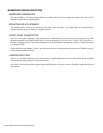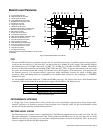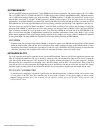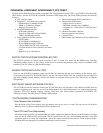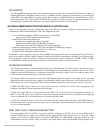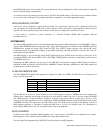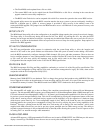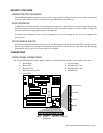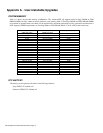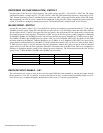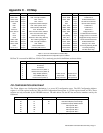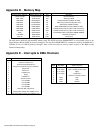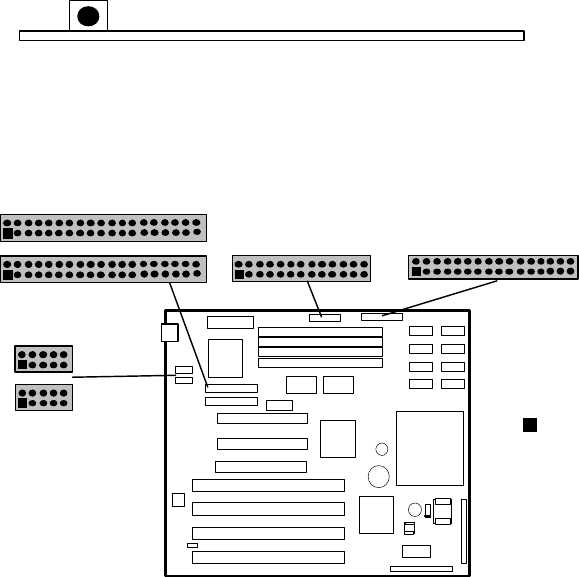
Advanced/ZP Technical Product Summary • Page 12
Figure 3. Front Panel Connectors
Sleep/Resume
This two pin header, when connected to a momentary switch, can be used to put the system into a power managed
state (standby) that will reduce the system’s power consumption. If the system is in Stand By mode and the switch is
pressed, the system will instantly “wake up” or Resume full system activity. When used with a power supply with a
high efficiency rating, the Advanced/ZE is easily capable of reducing the system power to below EPA Energy Star
requirements. The function of the Sleep/Resume button can also be achieved via the keyboard with a hot key sequence
programmable in setup.
Infra-Red (IrDA) connector
Serial port 2 can be configured to support an IrDA module via a 5 pin header connector. Once configured for IrDA,
the user can transfer files to/from portable devices such as laptops, PDA’s and printers using application software such
as LapLink. The IrDA specification provides for data transfers at up to 115kbps from a distance of 1 meter.
Speaker
The external speaker provides error beep code information during the Power-On Self Test if the system cannot use the
video interface. See the appendix for more information about error beep codes.
BACK PANEL CONNECTIONS
The back panel provides external access to an AT style keyboard connector integrated on the Advanced/ZP baseboard.
Figure 4 shows the general location of the AT style keyboard connector.
Keyboard
Connector
Figure 4. Advanced/ZP AT Style Back panel
I/O CONNECTIONS
The baseboard contains shroudless stake pin header connections for cabling the serial, parallel, floppy, and IDE
interfaces. Figure 5 shows the locations of these connectors and the orientation of pin 1 on each.
Floppy
Primary IDE
Secondary IDE
Parallel Port
COM 1
Denotes Pin 1
COM 2
Figure 5. I/O Connections
POWER CONSUMPTION
Table 2 lists the current used by system resources in a configuration which includes 8 MB of DRAM. Table 3 lists the
typical power consumed by the same configuration. Note that the 3.3 volts used to drive the CPU and core logic is derived



